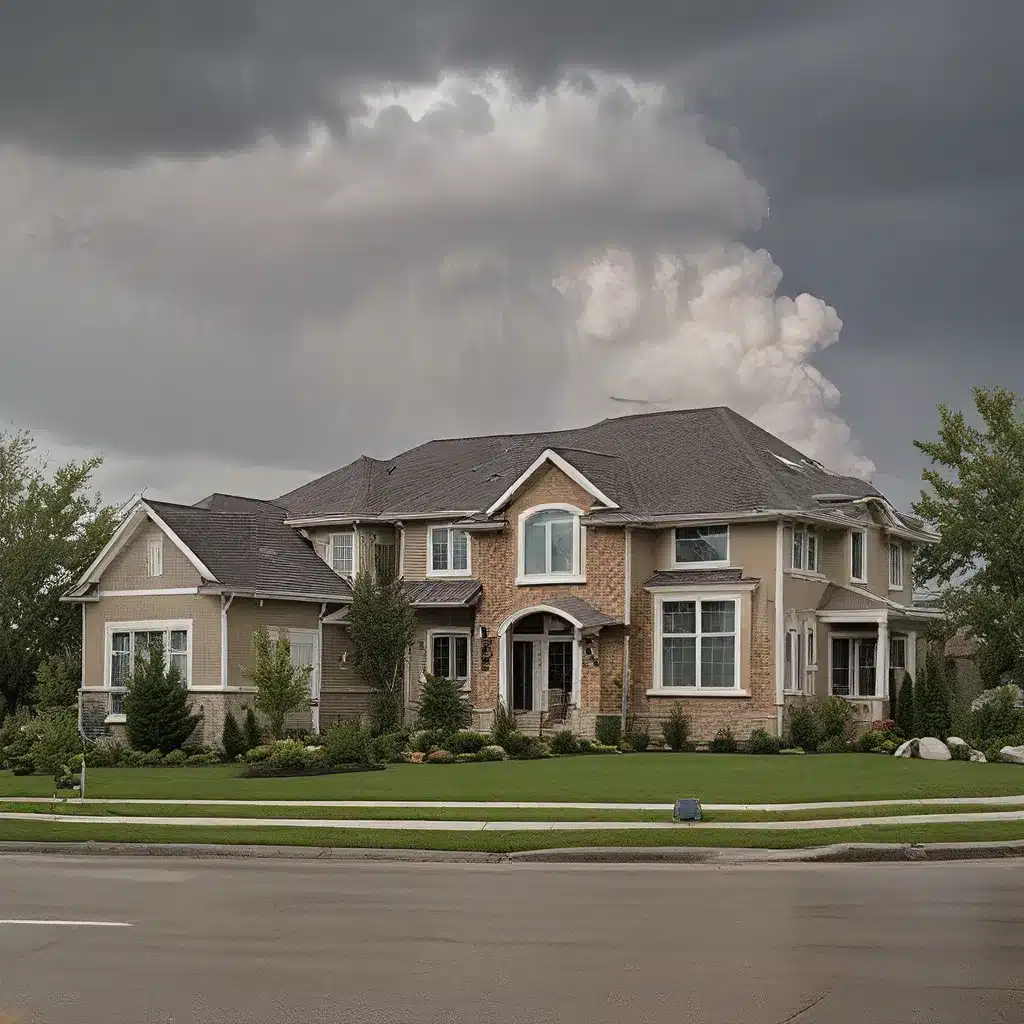
Imagine this: You’re peacefully sipping your morning coffee, lost in thought, when suddenly the ground begins to tremble beneath your feet. The windows rattle, and a sense of unease settles in the pit of your stomach. A natural disaster is unfolding, and your home is in its path. Are you prepared?
As a general contractor and home construction expert, I’ve seen firsthand the devastation that natural disasters can wreak on properties. But I’ve also witnessed the resilience of homeowners who took the time to safeguard their homes and their families. In this comprehensive guide, I’ll share with you the essential steps you can take to protect your most valuable asset – your home – from the unexpected.
Embracing the Art of Preparedness
Let’s start by dispelling a common misconception. When we hear the term “prepper,” some of us might envision individuals in tinfoil hats, holed up in the wilderness, waiting for the end of the world. But the reality is far more practical and accessible. As my friend and expert in emergency services, Tim Cook, likes to say, “Preparedness goes beyond doomsday scenarios. It’s about being equipped to handle the more likely situations that can impact our lives.”
Being a prepper is simply about having a solid plan, gathering essential resources, and cultivating adaptability to not just survive, but thrive in times of crisis. It’s about being resilient and self-reliant, so that when natural disasters strike, you and your family can weather the storm with confidence.
Assessing Your Risk
The first step in safeguarding your home is to understand the specific threats you face. Different regions of the country are susceptible to different types of natural disasters, from hurricanes and floods to earthquakes and wildfires. By familiarizing yourself with the potential hazards in your area, you can develop a tailored preparedness plan that addresses the unique challenges you may encounter.
For example, if you live in a hurricane-prone region, your focus might be on securing your home against high winds and heavy rains. Homeowners in earthquake-prone areas, on the other hand, may need to prioritize structural reinforcements and securing heavy furniture.
Building a Resilient Home
Once you’ve identified the risks, it’s time to take action. As a general contractor, I’ve seen the importance of incorporating disaster-resistant features into the design and construction of a home. This can include:
Reinforced Foundations and Framing
Sturdy foundations and framing are the backbone of a home’s structural integrity. By using materials like reinforced concrete or steel, you can significantly improve your home’s ability to withstand the force of natural disasters.
Impact-Resistant Windows and Doors
Protecting your home’s openings is crucial. Impact-resistant windows and doors can prevent costly damage from flying debris and high winds.
Roof Reinforcement
The roof is one of the most vulnerable parts of a home during a natural disaster. Upgrading to impact-resistant roofing materials and ensuring proper roof-to-wall connections can make a big difference.
Utility Safeguards
Don’t forget about the systems that power your home. Installing shut-off valves for utilities like gas and water can help mitigate the risk of leaks or explosions.
Preparing for the Unexpected
While building a resilient home is essential, preparedness isn’t just about the structure itself. It’s also about having a plan in place to protect your family and your possessions in the event of a natural disaster.
Develop an Emergency Plan
Sit down with your family and create a comprehensive emergency plan. Decide on a designated meeting spot, establish communication protocols, and identify evacuation routes. Don’t forget to include your pets in your planning – they’re part of the family too!
Assemble an Emergency Kit
Stock up on essential supplies like food, water, first-aid kits, and emergency equipment. Make sure to rotate and replenish these items regularly to ensure they’re always ready to go.
Stay Informed
Keep a close eye on weather forecasts and emergency alerts. Tune in to local news sources and sign up for emergency notification systems to stay up-to-date on the latest developments.
Secure Your Belongings
Investing in flood-proof storage or securing heavy furniture can help protect your valuables during a natural disaster. Consider taking steps to safeguard important documents and digitize critical records.
The Importance of Regular Maintenance
Preparing for natural disasters isn’t a one-and-done task. It requires an ongoing commitment to maintaining your home’s resilience. Regular inspections, repairs, and updates are crucial to ensuring your property remains strong and ready to withstand the unexpected.
Routine Inspections
Schedule periodic inspections of your home’s key systems and structural components. This will allow you to identify and address any potential weaknesses before they become major problems.
Timely Repairs
Don’t wait for problems to worsen. Address any issues, no matter how small, as soon as they arise. This can help prevent minor problems from escalating into larger, more costly repairs.
Upgrading and Retrofitting
As building codes and materials evolve, it’s important to consider upgrading or retrofitting your home to keep up with the latest safety standards. This can include everything from installing impact-resistant windows to reinforcing your home’s foundation.
The Resilient Mindset
Ultimately, safeguarding your home from natural disasters is not just about physical preparations – it’s also about cultivating a resilient mindset. As my friend George Siegal likes to say, “The art of being prepared is about embracing readiness for life’s uncertainties.”
This means being adaptable, staying calm under pressure, and having the confidence to navigate through challenging situations. It’s about trusting in your abilities and the resources at your disposal to weather any storm that comes your way.
So, as you embark on your journey to protect your home and your family, remember that you’re not just preparing for the unexpected – you’re cultivating a mindset of resilience and self-reliance. And when the unthinkable happens, you’ll be ready to face it head-on, secure in the knowledge that your home and your loved ones are safeguarded.
Visit https://www.readinggeneralcontractor.com/ to learn more about how our team of experts can help you safeguard your home and your family.
Related posts:
No related posts.




